Florida is considering a project proposal to test an unconventional road-building material. This material is phosphogypsum, which is a radioactive byproduct of phosphate mining. Phosphogypsum is a waste product created during the production of phosphorus, an essential nutrient in fertilizers.
To extract phosphorus from ore, phosphate rock is dissolved in acid. This process separates uranium, which winds up in the acid. Radium remains in the leftover material. This remaining waste is referred to as phosphogypsum.
Radium naturally decays and releases radioactive radon gas which is known to increase the risk of lung cancer when people are exposed to it for extended periods.
Because of these risks, federal regulations require phosphogypsum to be stored in specially designed structures called engineered stacks. These stacks are huge, often hundreds of feet tall and cover large areas. They resemble small mountains. The purpose of these stacks is to keep the radioactive material contained and to limit human exposure in order to maintain public safety.
A few days ago, the Environmental Protection Agency (EPA) approved a pilot project by Mosaic, the largest phosphate producer in the United States. The Mosaic project involves building four test road sections at Mosaic’s New Wales facility in Polk County, Florida. They will be using phosphogypsum as a road base.
The EPA rated the project’s risks as “low” based on multiple modeling efforts. The approval is limited to this specific project. Any broader applications in road building would require additional evaluations and regulatory approvals.
Radon is an odorless and colorless gas and it poses significant health risks when present at elevated levels. According to the Center for Biological Diversity, it is the second leading cause of lung cancer in the U.S. It is responsible for about twenty-one thousand deaths annually. Prolonged exposure, especially near phosphogypsum-based roads, could pose a threat to public health. Federal regulators have historically banned phosphogypsum in construction due to the presence of this radioactive risk.
In 1992, the EPA mentioned potential dangers for construction workers and future residents living near roads containing phosphogypsum. Exceptions to the ban have been made for controlled agricultural and research uses.
Critics have argued that the EPA’s approval of the Mosaic project prioritizes industry interests over public safety.
Florida has faced problems with phosphogypsum in the past. In 2021, a breach at a former phosphate mining site released 215 million gallons of toxic water into Tampa Bay. This resulted in environmental and public health crises.
Ragan Whitlock is an attorney for the Center for Biological Diversity. He said, “That [release] dramatically increases the potential for harm to our road crews and water quality.” He accused the EPA of yielding to political pressure from the phosphate industry.
Environmentalists also point out the long-term implications of using radioactive material in infrastructure. Concerns include radon exposure for road workers and communities living near phosphogypsum roads. There is also concern about potential contamination of water sources.
Jackie Barron is a Mosaic representative. He emphasized the cost advantages of using phosphogypsum compared to traditional materials such as limestone rock. In 2023, he said, “If there is an alternative use for this material, and we don’t have to grow or manage these stacks unnecessarily, then why would we not go down that path?”
Florida passed legislation last year that expanded the list of materials allowed in public road construction. However, Florida’s Department of Transportation must still review phosphogypsum’s suitability before its widespread adoption.
The phosphogypsum issue has experienced political shifts. The first Trump administration approved phosphogypsum’s use in roads. However, the Biden administration later reversed this decision. It remains unclear how the incoming Trump administration will address the material’s future.
Mosaic’s pilot project may pave the way for innovative recycling. However, it also highlights the need for careful risk assessment. The debate over phosphogypsum use in road construction highlights the broader challenge of balancing economic benefits with environmental and public health concerns.
Florida’s experiment may serve as a critical case study for the rest of the country. Whether the Mosaic project turns out to be a breakthrough or a misstep, the outcome will have a lasting impact for road construction and radioactive waste management in the U.S.
Blog
-
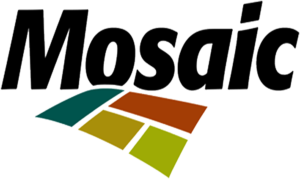
Radioactive Waste 940 – Florida Has Approved Plans For Mosaic To Use Radioactive Waste From Phosphorus Production For Road Building
-
Nuclear News Roundup Dec 30, 2024
Iran is open to nuclear negotiations, if US responds with respect, Araghchi says jpost.com
Regulator Issues Construction License For China-Supplied Nuclear Plant nucnet.org
India’s NPCIL seeks proposals for privately funded small reactor projects world-nuclear-news.org
Sinking of Russian Ship in the Mediterranean Could Delay Leader-class Nuclear Icebreaker ‘Rossiya’ highnorthnews.com
-
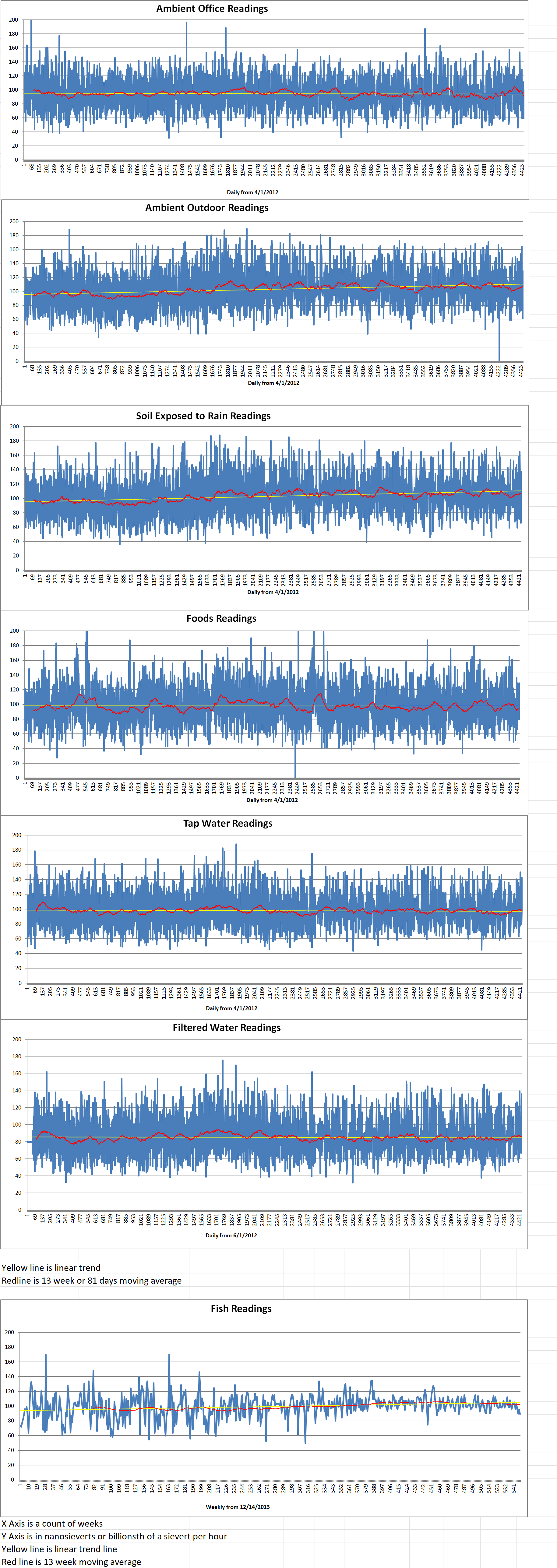
Geiger Readings for Dec 30, 2024
Ambient office = 100 nanosieverts per hour
Ambient outside = 92 nanosieverts per hour
Soil exposed to rain water = 93 nanosieverts per hour
Mini cucumber from Central Market = 80 nanosieverts per hour
Tap water = 109 nanosieverts per hour
Filter water = 96 nanosieverts per hour
-
Nuclear News Roundup Dec 29, 2024
Russia plotted attacks on nuclear power plants and civilian infrastructure in Japan and South Korea in 2008-2014 – F Pravda.com.ua
Russia expands global dominance through new nuclear projects news.az
First Nation in Ontario challenging selection of underground nuclear waste site in court aptnews.ca
Argentina and El Salvador sign MoU on nuclear energy world-nuclear-news.org
-
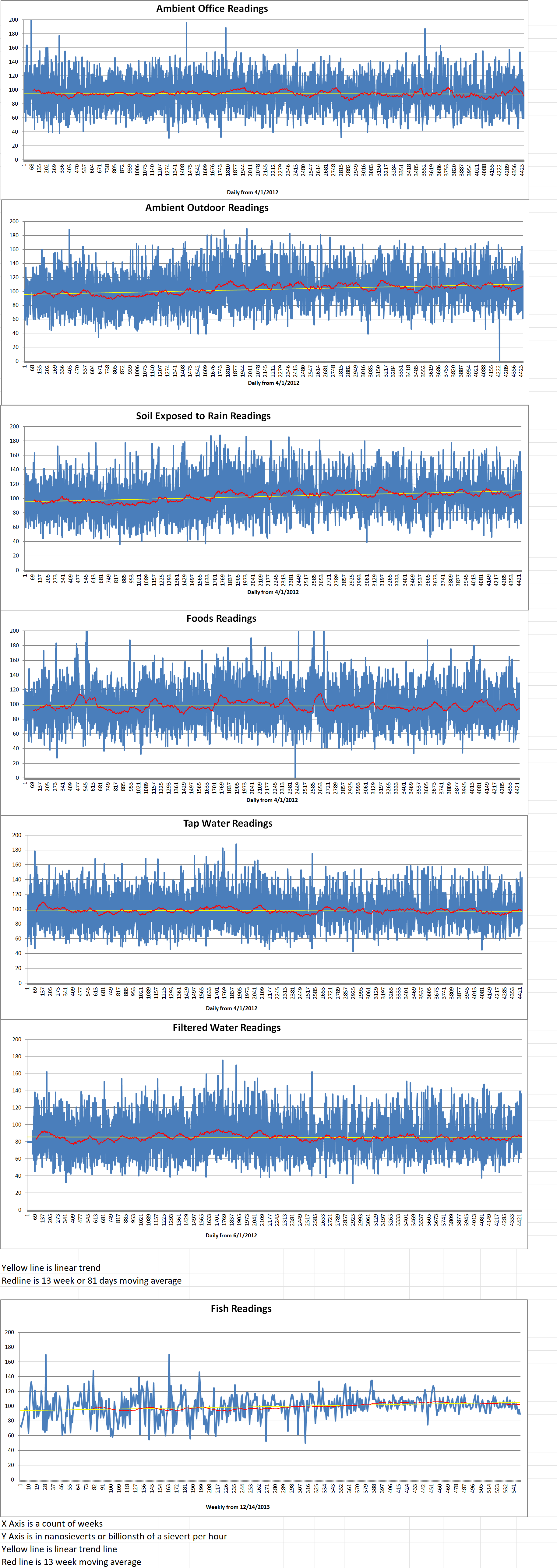
Geiger Readings for Dec 29, 2024
Ambient office = 93 nanosieverts per hour
Ambient outside = 86 nanosieverts per hour
Soil exposed to rain water = 90 nanosieverts per hour
Leek from Central Market = 80 nanosieverts per hour
Tap water = 122 nanosieverts per hour
Filter water = 102 nanosieverts per hour
-
Nuclear News Roundup Dec 28, 2024
Xcel Energy’s Monticello Nuclear Plant Receives Federal Approval to Extend Operationsbusinesswire.com
Constellation inks $1 billion deal to supply US government with nuclear power finance.yahoo.com
Iran to hold nuclear talks with France, UK, Germany on January 13: Report Aljazeera.com
350 MW nuclear-powered icebreaker vessel unveiled by Russia to rule frozen seas yahoo.com
-
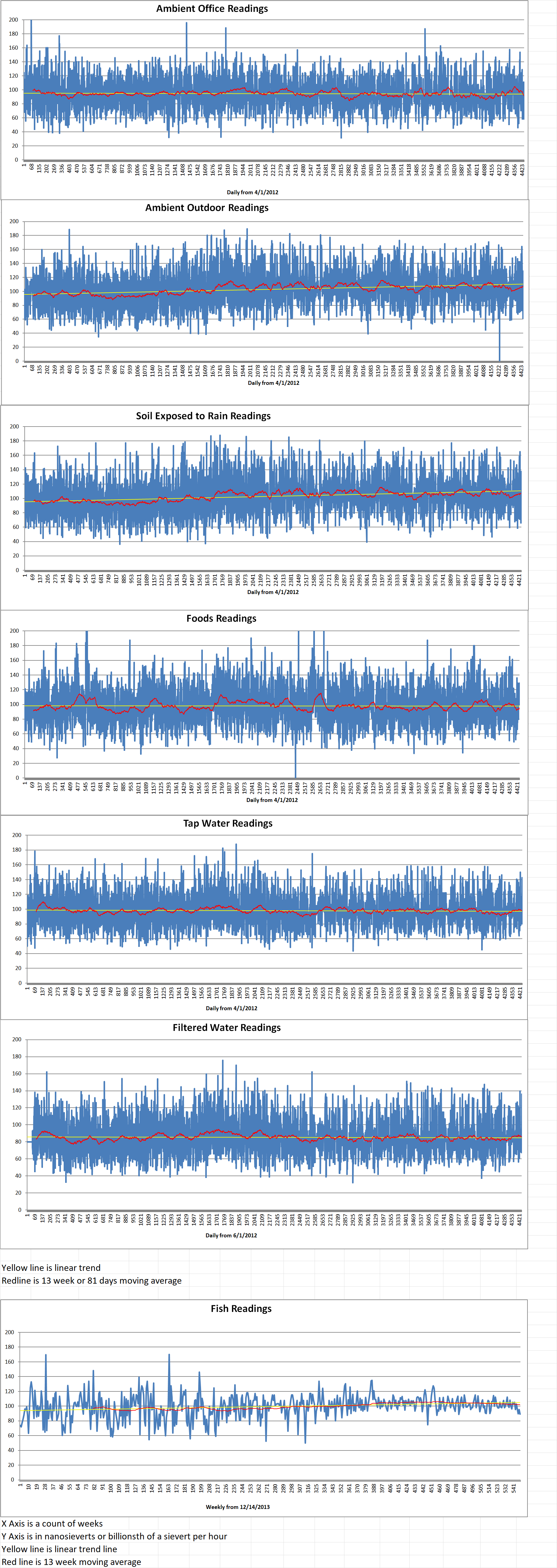
Geiger Readings for Dec 28, 2024
Ambient office = 66 nanosieverts per hour
Ambient outside = 129 nanosieverts per hour
Soil exposed to rain water = 130 nanosieverts per hour
Green onion from Central Market = 108 nanosieverts per hour
Tap water = 143 nanosieverts per hour
Filter water = 136 nanosieverts per hour
Dover Sole from Central = 89 nanosieverts per hour
-
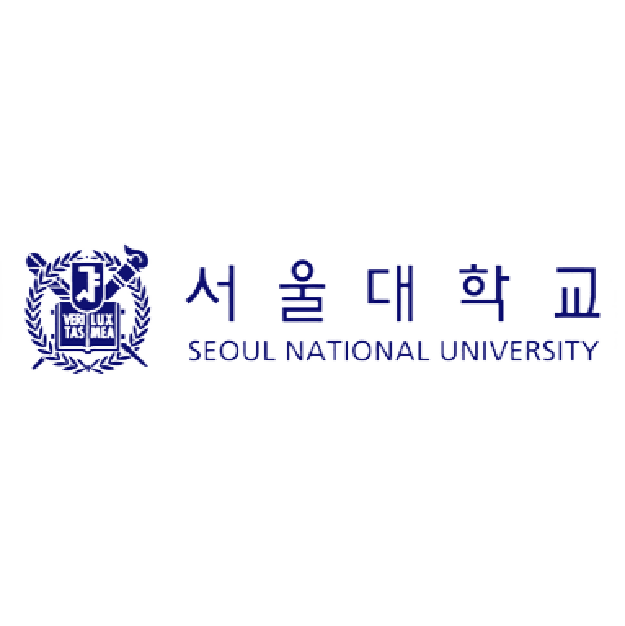
Nuclear Fusion 101 – National University of Seoul Is Working On Curbing Runaway Electrons In Tokamaks
A research team has just clarified the process behind the generation of runaway electrons during the startup phase of a tokamak fusion reactor. The paper is titled Binary Nature of Collisions Facilitates Runaway Electron Generation in Weakly Ionized Plasmas. It was published in the journal Physical Review Letters.
Nuclear fusion energy refers to a power generation method that harnesses the energy of a process that attempts to replicate the fusion process that powers our sun and other stars, using resources extracted from seawater. To achieve this, technology capable of confining high-temperature plasma exceeding 100 million degrees Celsius under extreme pressure for extended periods in a fusion reactor is essential.
A tokamak is an artificial sun system in the shape of a torus, with no beginning or end, where magnetic fields are applied to confine particles.
To initiate nuclear fusion reactions within a tokamak, high-temperature plasma must first be generated, a process known as “startup.” The startup process requires a strong electric field, similar to the principle of lightning, but this electric field also leads to the generation of “runaway electrons.”
Runaway electrons are high-energy electrons that receive continuous acceleration from the electric field, becoming so fast that their acceleration is unstoppable. These electrons hinder plasma formation by taking it off externally applied energy and can damage the device, making them one of the critical challenges that must be resolved for successful nuclear fusion.
Therefore, accurately predicting the formation of runaway electrons is essential for the commercialization of tokamak reactors.
Runaway electron generation rate as a function of ionization degree. Credit: Seoul National University College of Engineering
Through collaborative research with the Max-Planck Institute for Plasmaphysik and ITER (International Thermonuclear Experimental Reactor) International Organization, Seoul National University’s Professor Yong-su Na (corresponding author) and Ph. D. student Lee (first author) discovered that existing theories fail to adequately explain this phenomenon.
They generalized a kinetic theory to identify a novel mechanism for the generation of runaway electrons, addressing a theoretical bottleneck in the design of start-up processes for ITER and commercial fusion reactors.
The research team found that the formation of runaway electrons during startup has a binary nature, determined by whether inelastic interactions with individual neutral particles occur. Electrons that avoid inelastic interactions with neutral particles significantly contribute to the formation of runaway electrons.
To elucidate this, they generalized the theory of electron kinetics and demonstrated the mechanism that classical theory failed to capture.
The results of this study are expected to be applied not only to the startup design of Korea’s demonstration and commercial reactors but also to ITER, a collaborative project involving South Korea, the European Union, the United States, Japan, Russia, China, and India. -
Nuclear News Roundup Dec 27, 2024
Monticello nuclear plant gets federal approval to keep operating until 2050 mprnews.org
Scoop: Biden discussed plans to strike Iran nuclear sites if Tehran speeds toward bomb axois.com
Hualong One Nuclear Plant At Zhangzhou Begins Commercial Operation nucnet.org
Work starts on Taiwanese fuel storage facility world-nuclear-news.org
-
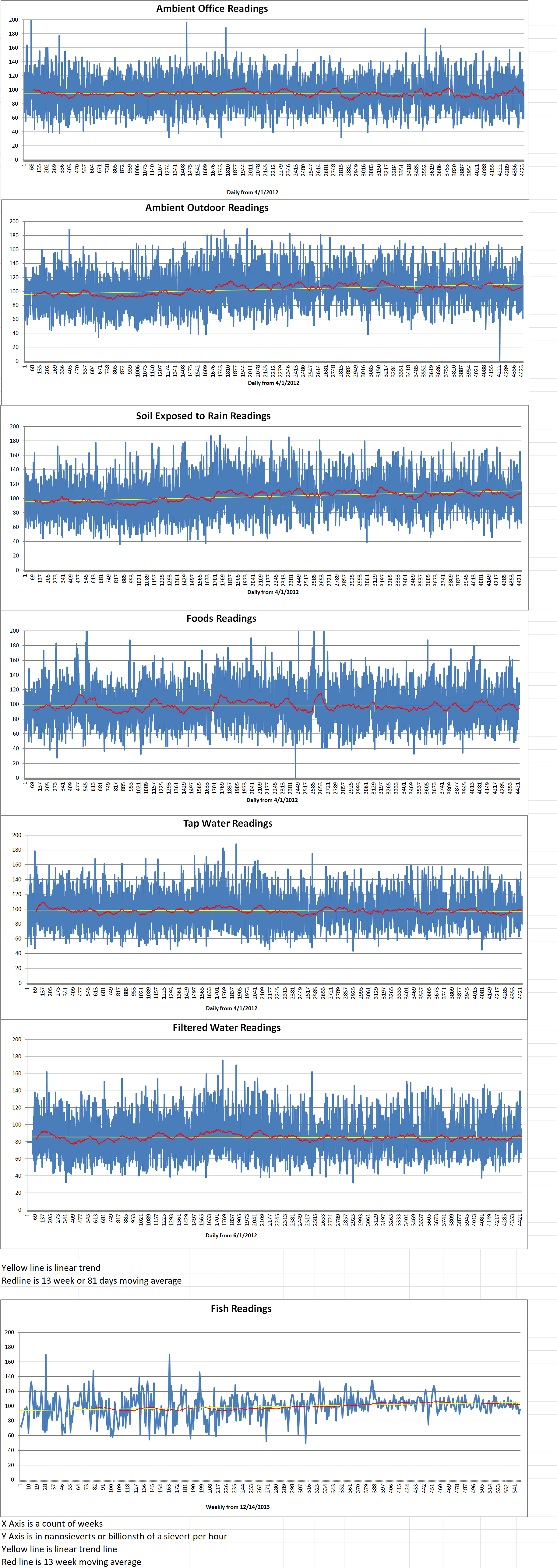
Geiger Readings for Dec 27, 2024
Ambient office = 59 nanosieverts per hour
Ambient outside = 122 nanosieverts per hour
Soil exposed to rain water = 123 nanosieverts per hour
Ginger root from Central Market = 100 nanosieverts per hour
Tap water = 100 nanosieverts per hour
Filter water = 85 nanosieverts per hour
